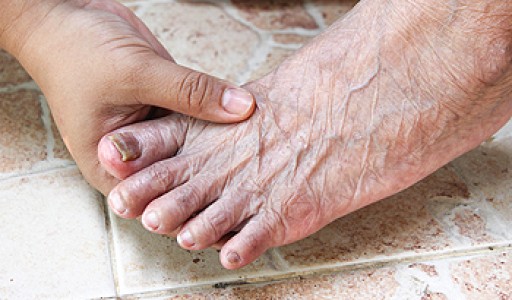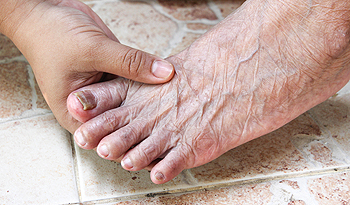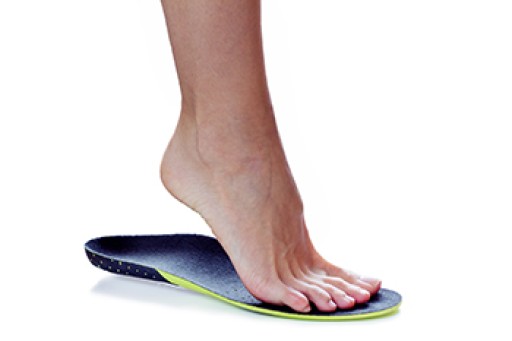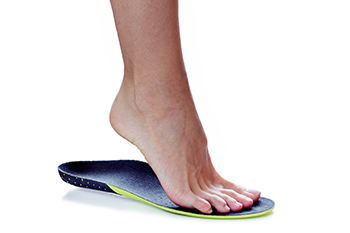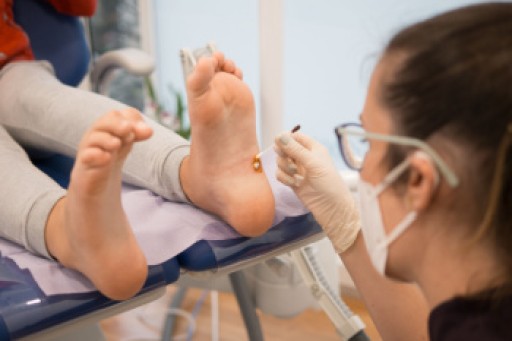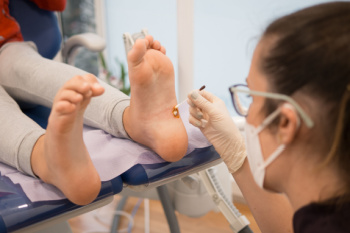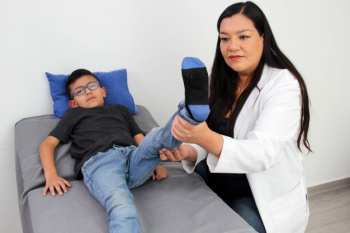
Understanding your child's foot problems is important for early detection and intervention. Sever’s disease, medically known as calcaneal apophysitis, usually affects children ages eight to 14, especially those who are physically active. It is caused by inflammation of the heel growth plate and aggravated by repetitive stress from sports participation. Ingrown toenails in children often result from wearing ill-fitting shoes paired with improper nail cutting. Treatment from a podiatrist and proper shoe fitting changes may be necessary. Intoeing, characterized by walking with inward-turned feet, may require stretching exercises or casting under the guidance of a podiatrist. Metatarsus adductus is a congenital foot deformity that causes the front half of the foot, or forefoot, to turn inward, but typically resolves itself without treatment. However, regular visits to a podiatrist for monitoring are suggested. Pediatric flat feet, while common in babies and toddlers, may warrant intervention to ensure proper arch development if the arch fails to appear with growth. Plantar warts, caused by the human papillomavirus, or HPV, can be painful and affect mobility. If your child has any of these conditions, it is suggested that you schedule an appointment with a podiatrist for periodic exams and treatment as needed.
The health of a child’s feet is vital to their overall well-being. If you have any questions regarding foot health, contact one of our podiatrists of Foot & Ankle Centers of Charlotte County . Our doctors can provide the care you need to keep you pain-free and on your feet.
Tips for Keeping Children's Feet Healthy
- Make sure their shoes fit properly
- Look for any signs of in-toeing or out-toeing
- Check to see if they have Clubfoot (condition that affects your child’s foot and ankle, twisting the heel and toes inward) which is one of the most common nonmajor birth defects.
- Lightly cover your baby’s feet (Tight covers may keep your baby from moving their feet freely, and could prevent normal development)
- Allow your toddler to go shoeless (Shoes can be restricting for a young child’s foot)
- Cut toenails straight across to avoid ingrown toenails
- Keep your child’s foot clean and dry
- Cover cuts and scrapes. Wash any scratches with soap and water and cover them with a bandage until they’ve healed.
If you have any questions, please feel free to contact our offices located in Punta Gorda and Port Charlotte, FL . We offer the newest diagnostic and treatment technologies for all your foot care needs.





